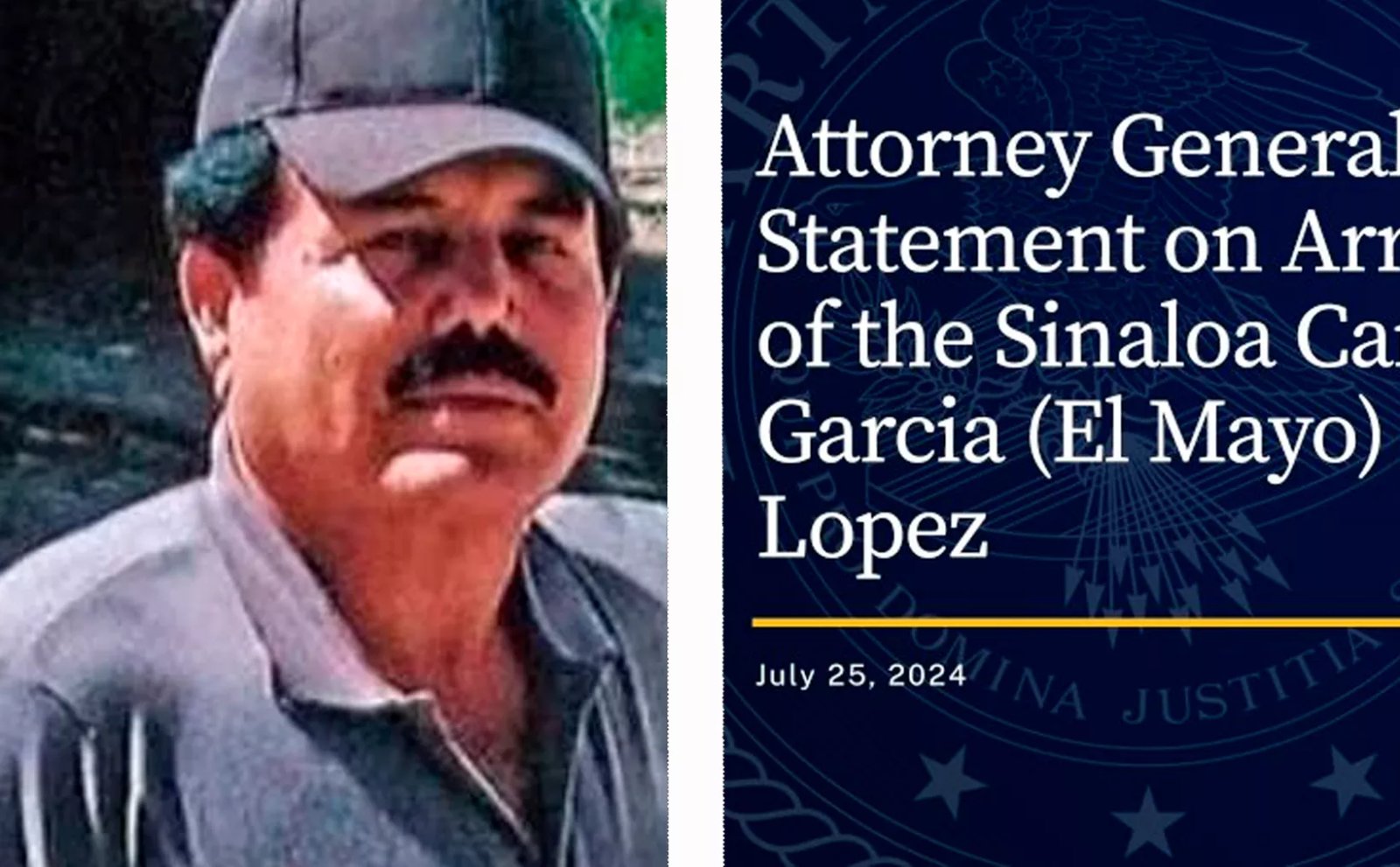“Mayan ‘Google Maps’ Uncovered in Tulum-Chetumal Route!”
An 'L' shaped structure known as an albarrada, used by the Mayans, has been likened to a primitive version of Google Maps, according to an archaeologist from the National Institute of Anthropology and History (INAH).
Albarradas are limestone walls that are often found among pre-Hispanic ruins. The most widely accepted theory is that these walls were used to mark off agricultural areas or possibly residential spaces. Fabián Gutiérrez Gómez, the lead archaeologist of the Maya Train project's first section, which spans from Tulum to Chetumal, reveals that 205 archaeological monuments were discovered during surveys conducted from September 2022 to mid-March 2023. These include two terraces, two wells, 53 foundations, and 83 albarradas.
Gómez notes that these particular albarradas, which date back to the Mayan Classic period (300 to 600 A.D.), have unique features. Unlike typical linear albarradas, these structures are irregular and 'L' shaped, and are often found near bodies of water. Their dimensions vary, ranging from five to 400 meters in length, with an average width of one meter and a height of 70 centimeters.
The archaeologist suggests that these unique features could mean that the albarradas were used as a form of ancient navigation system, akin to today's Google Maps. This hypothesis is further supported by the fact that some of these walls were found near foundations. Further archaeological analysis is being conducted to determine whether these walls served as landmarks for the local inhabitants, rather than boundaries for family plots, as is commonly assumed.
Gómez also highlights that very few archaeological materials were found near the albarradas, suggesting that they were not settlements, or that the society was communal and most activities took place outdoors. The excavation is ongoing, and so far, 218 bags of ceramics, three bags of grinding stones, and two flint knives have been recovered. These artifacts will be studied to determine their age, cultural origin, and the materials they were made from.











